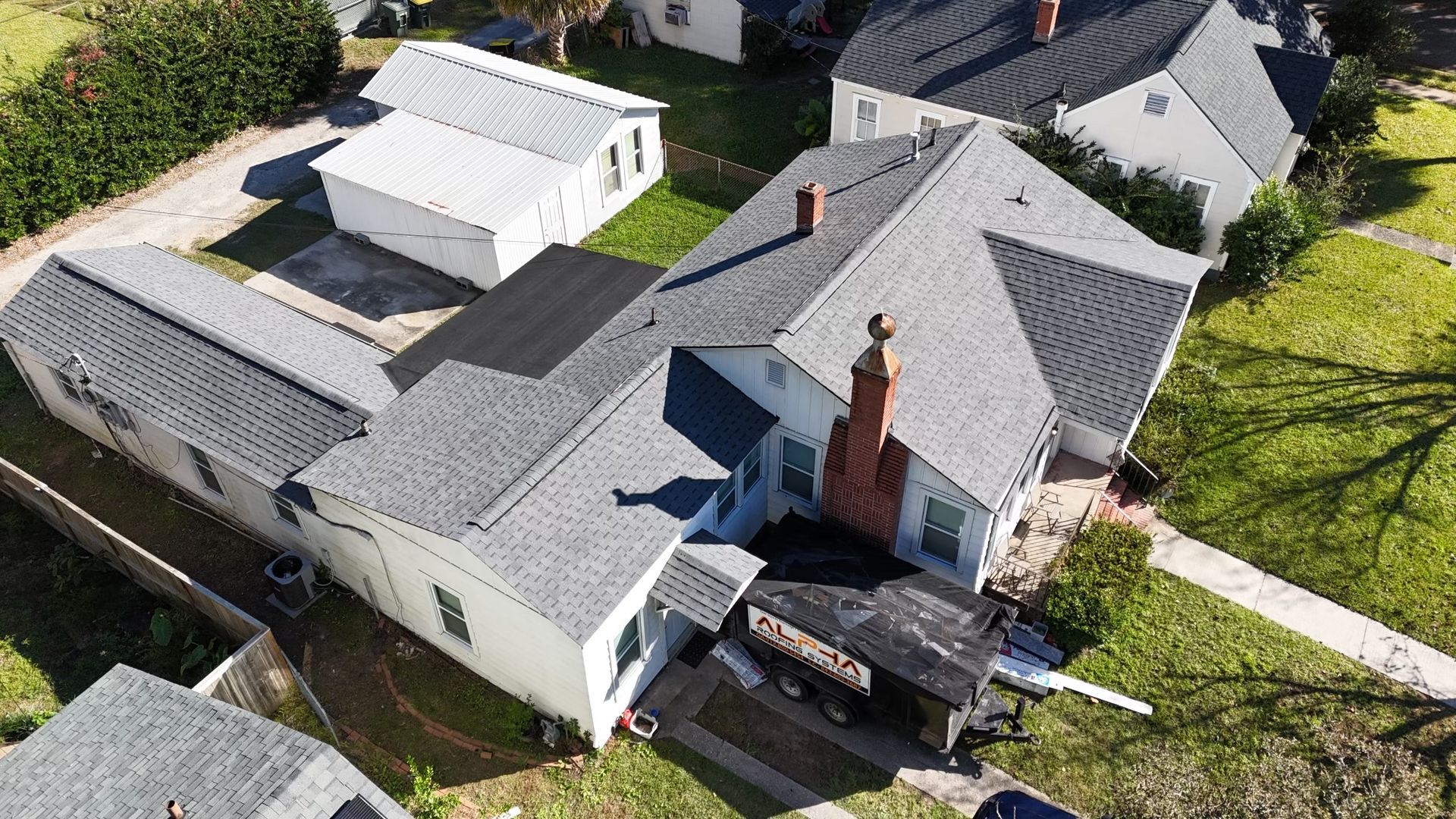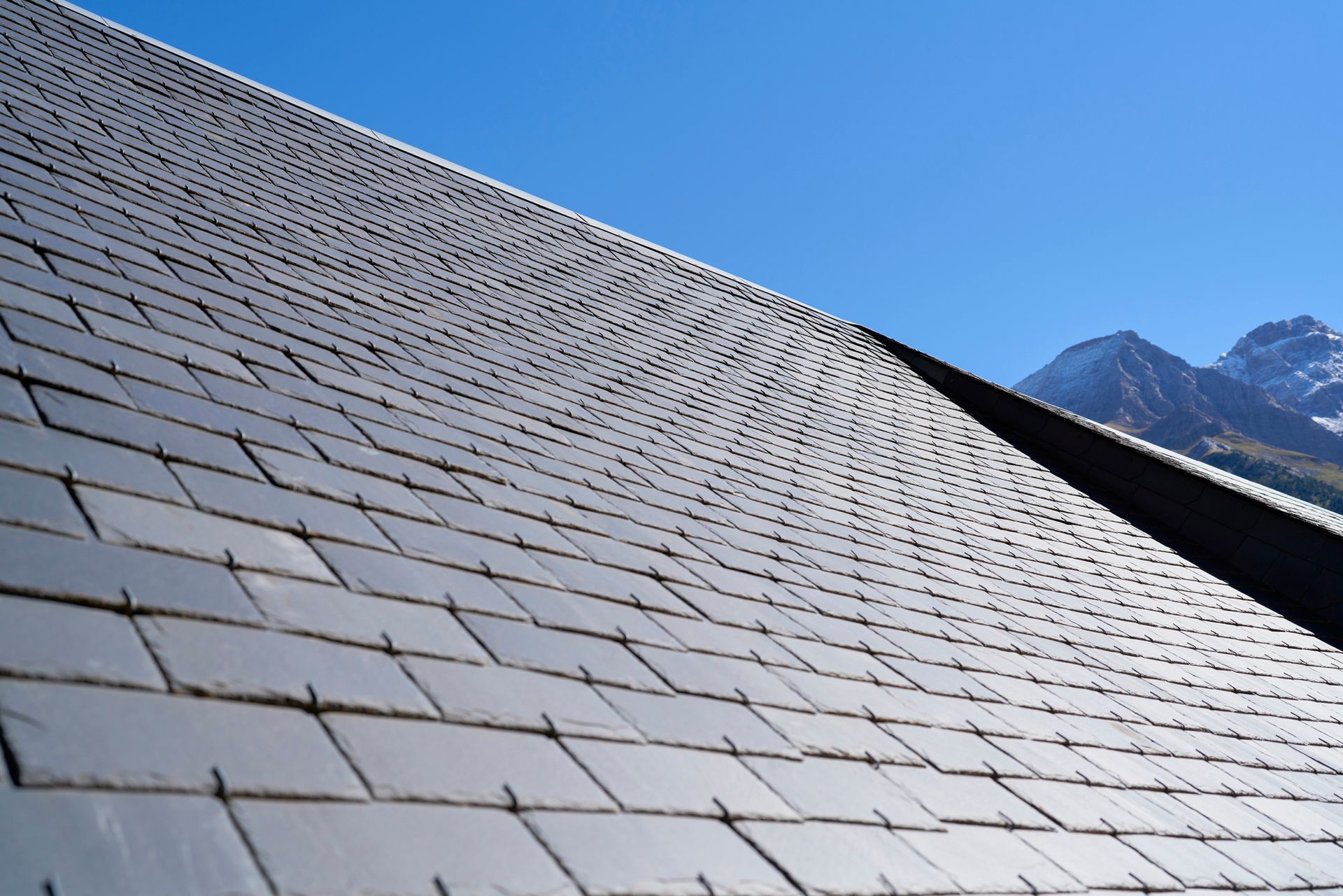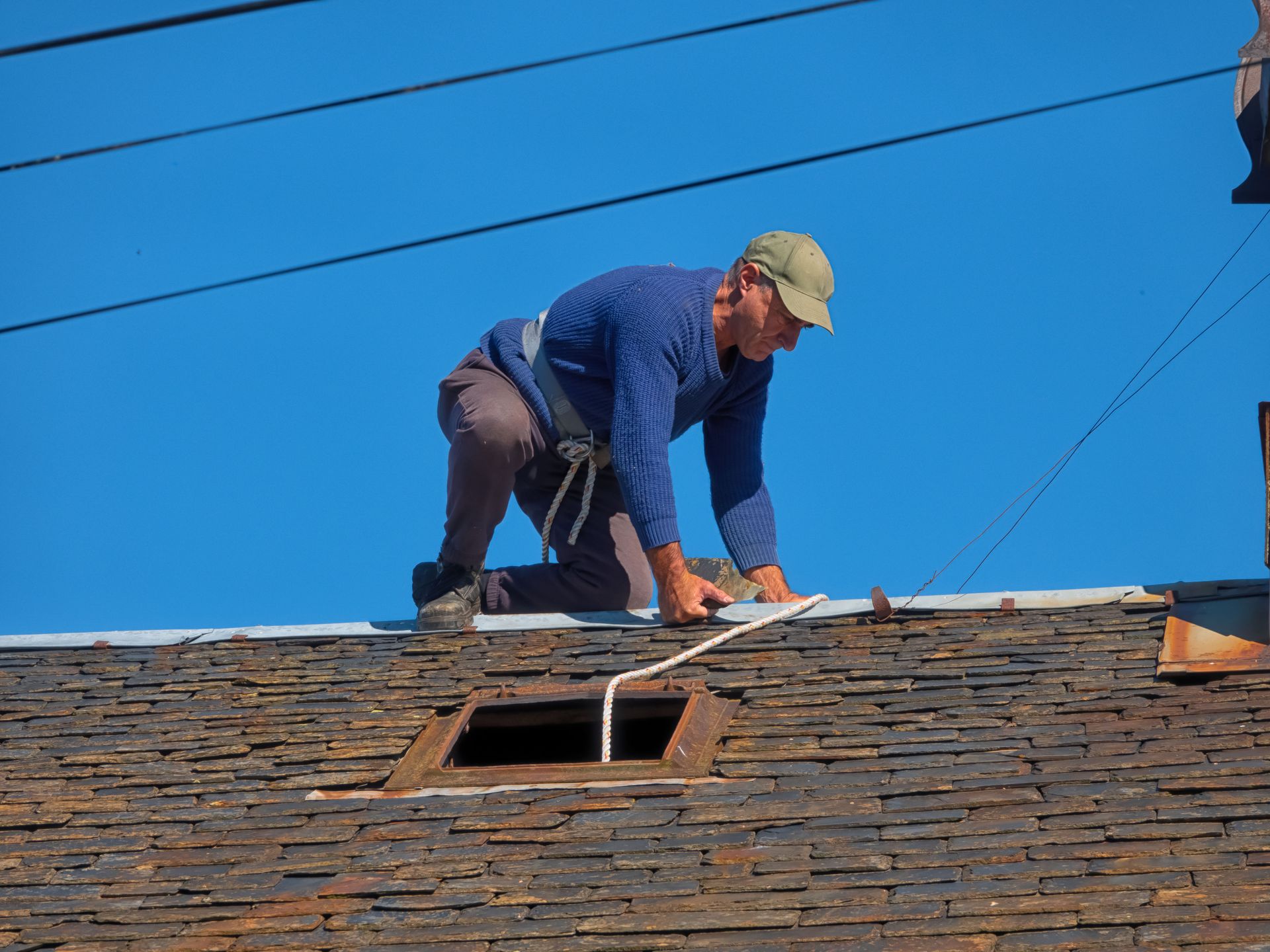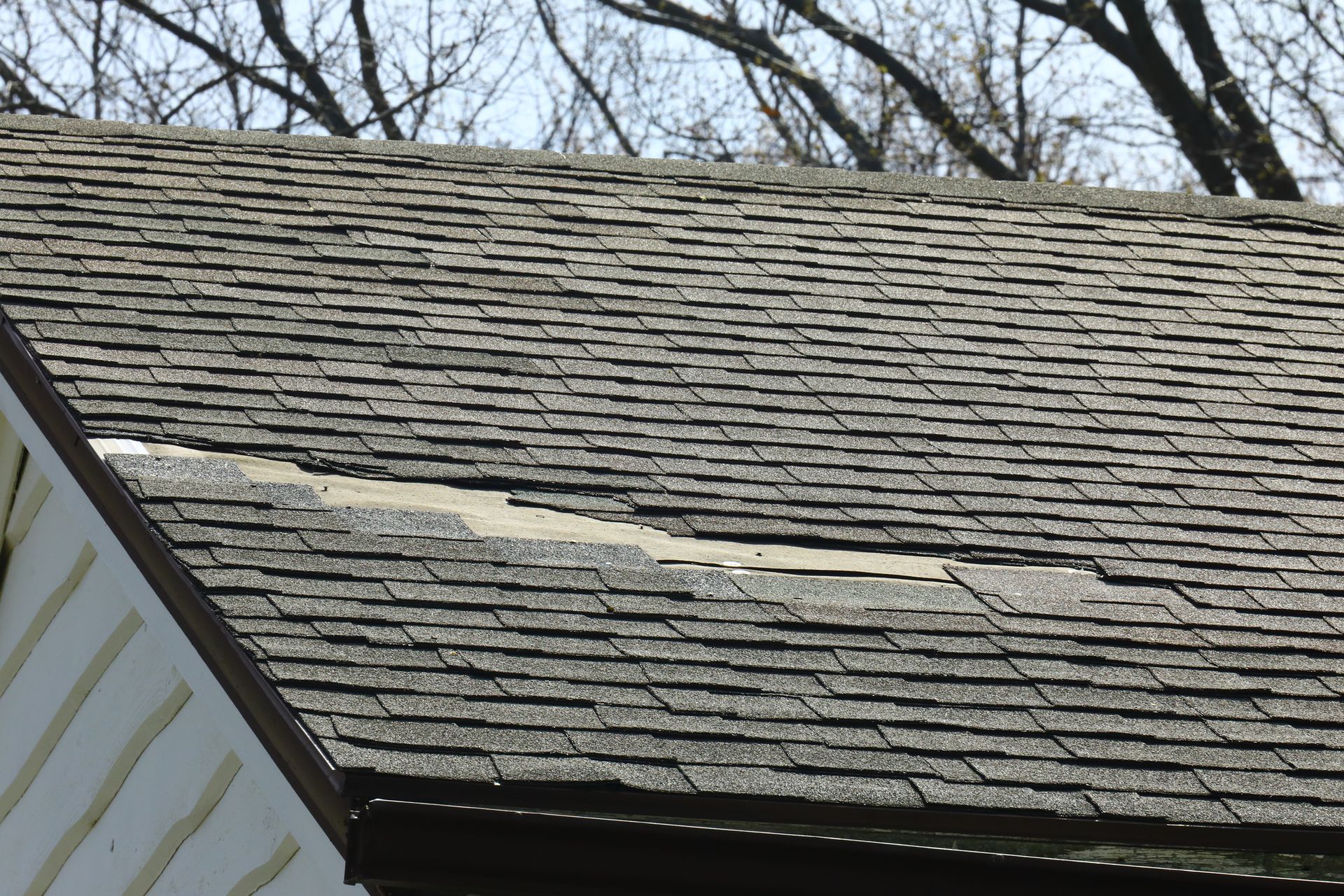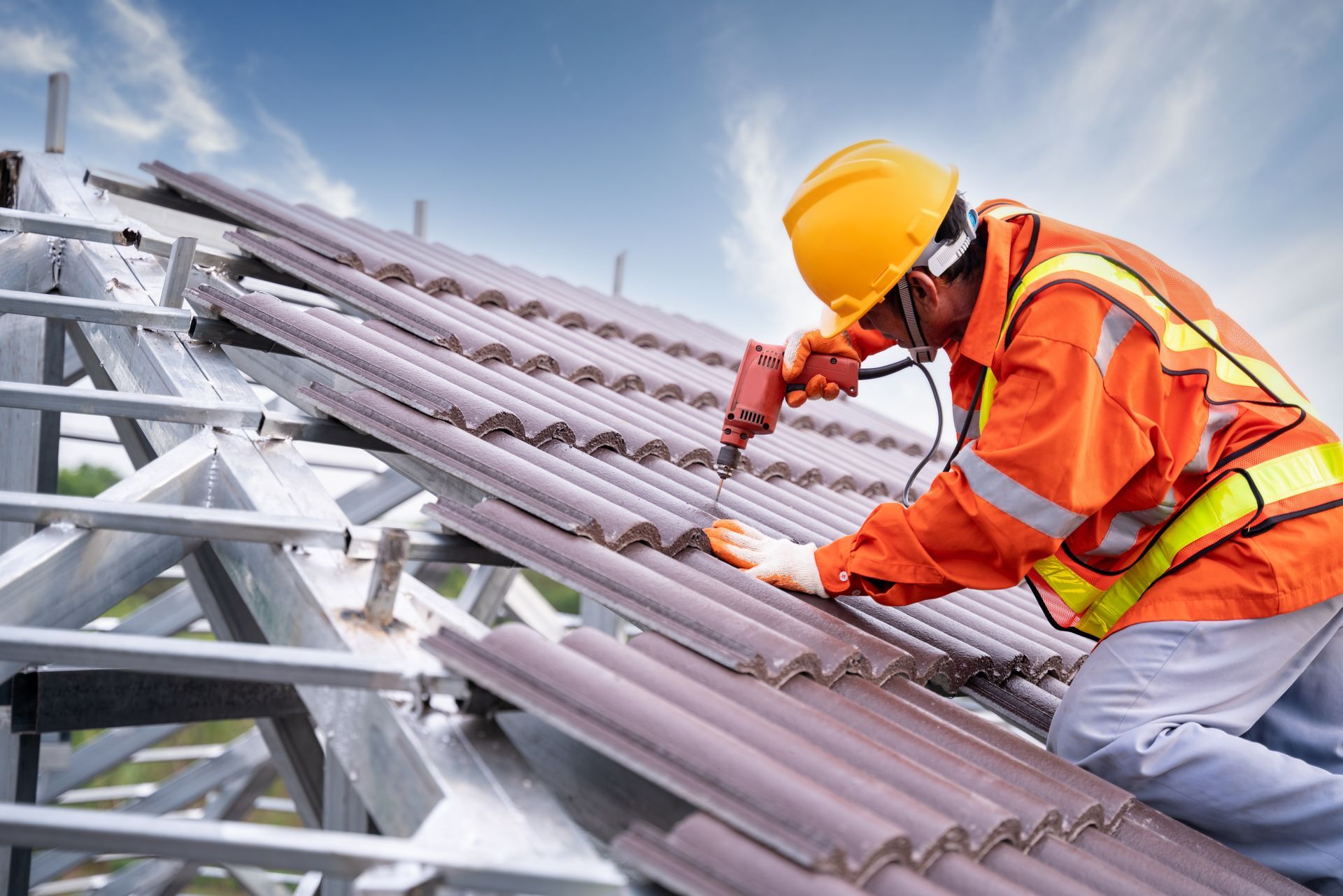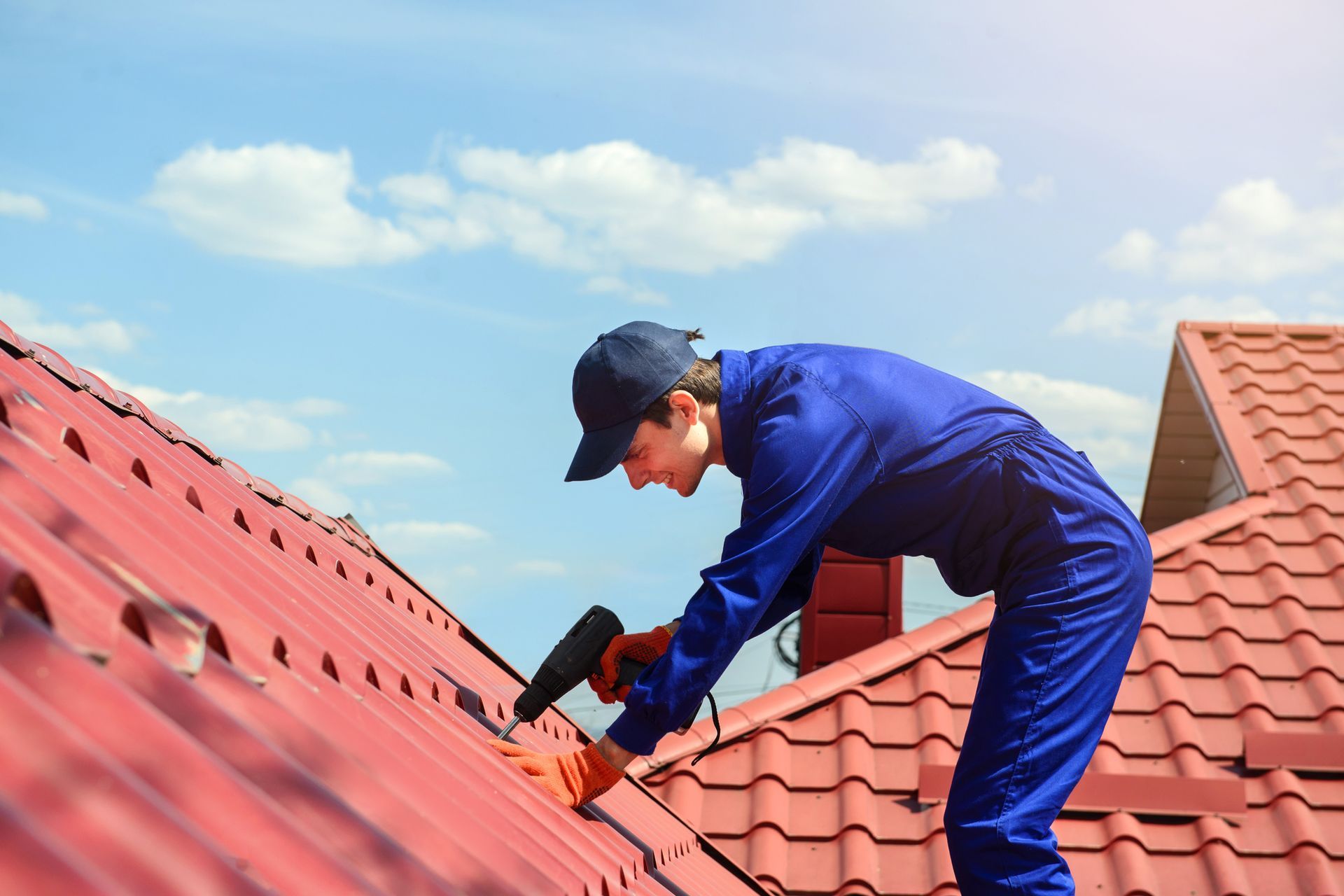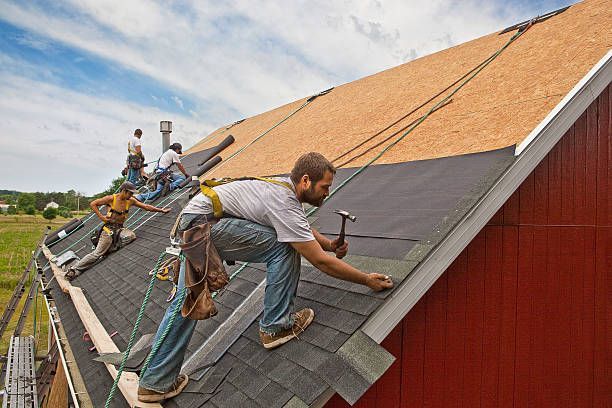Causes and Solutions for a Sagging Roof
A sagging roof is not just an eyesore; it might also mean that your roof has suffered significant damage. Like other roof problems, you have a better chance at fixing (and even preventing future related issues) your sagging roof if you understand its cause. Read on to learn some reasons your roof might sag and how you can solve the problem.
Causes
Anything that interferes with the roof's structural integrity can cause it to sag. Weather damage, overloading, poor design or installation, and foundation damage are some of the specific causes.
Weather Damage
Weather is a common cause of roofing problems, including sagging. For example, the roof can sag if:
- A huge tree falls on the roof and damages its structural support
- Water damage causes the structural materials to rot or corrode
- Wind damages the roof's structural support
- Snow accumulates on the roof and overloads it
Weather damage to the roof can occur suddenly or gradually.
Overloading
Each roof has a maximum weight that it can safely bear. Anything that causes the roof to exceed this weight can cause sagging. For example, a roof might sag due to:
- Too much snow and ice accumulation
- Placement of heavy machinery or appliances on the roof
- Installation of multiple roof layers
Overloading can occur suddenly, or the additional weight can creep on the roof over the years. For example, a roof overlay can cause sudden overloading. Gradual increase of rooftop appliances can cause gradual overloading.
Poor Design and Installation
Your roof can also sag due to nonprofessional design, repair, or installation. Nonprofessional work can cause sagging in various ways. For example, the roof might sag because of:
- Weak materials
- Poor connection between support materials
- Insufficient bracing design
Fortunately, you can avoid this if you use a professional roofing contractor for all your roof work.
Foundation Damage
Lastly, a roof can also sag due to non-roofing problems. For example, a settling foundation can destabilize the walls. The roof, which attaches to the walls, can follow suit and sag.
Solutions
The first step to solve your sagging roof is to diagnose the cause and extent of the damage. Otherwise, the solutions might not work, or the sagging might reoccur soon after. Some practical solutions to this problem are listed below.
Fix Underlying Issue
Fix the underlying issue, if possible, before you raise the sagging roof. For example, if water damage causes the roof to sag, plug the leaks or fix your drainage system to prevent future water damage. You should also get rid of the excess weight if overloading is an issue.
Increase Roof Support
A sagging roof usually means weakened support. Thus, one solution is to strengthen the weakened structural support. For example, you can install angled braces to add structural support to the existing rafters.
Raise the Roof
You might also need to raise the roof in addition to increased roof support, especially if the sagging is extensive. You can use jack posts to raise the roof and then reinforce the structural parts, which will fix the sagging and prevent its reoccurrence.
Roof Replacement
- The damage is extensive, and most of the support structures are weak
- The sagging is due to multiple layers of roofing materials
- The roof is aging, and piecemeal repairs will only provide temporary relief


